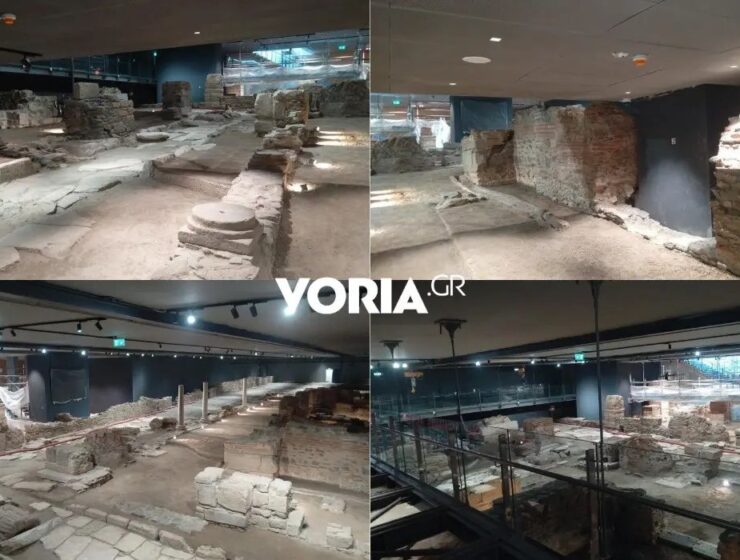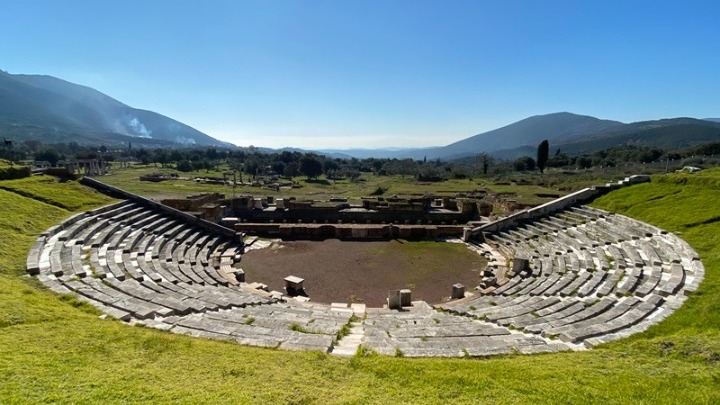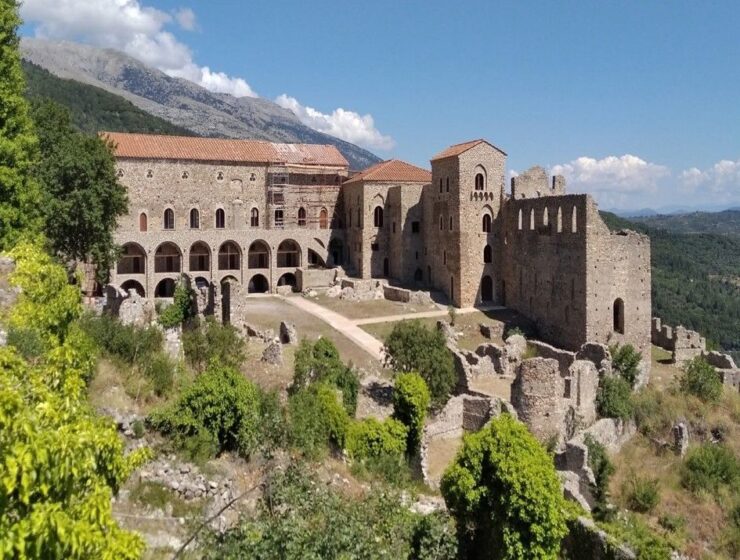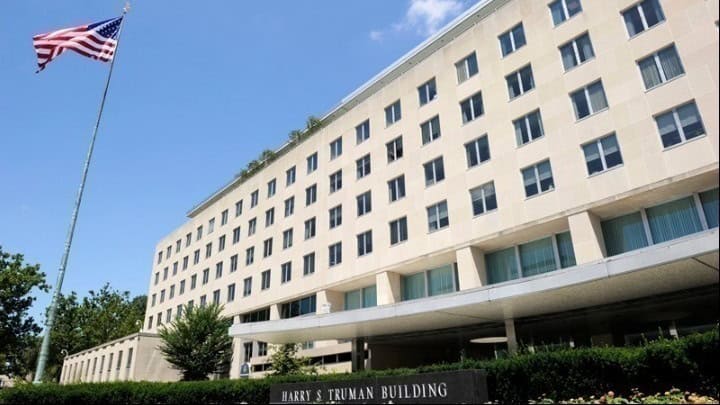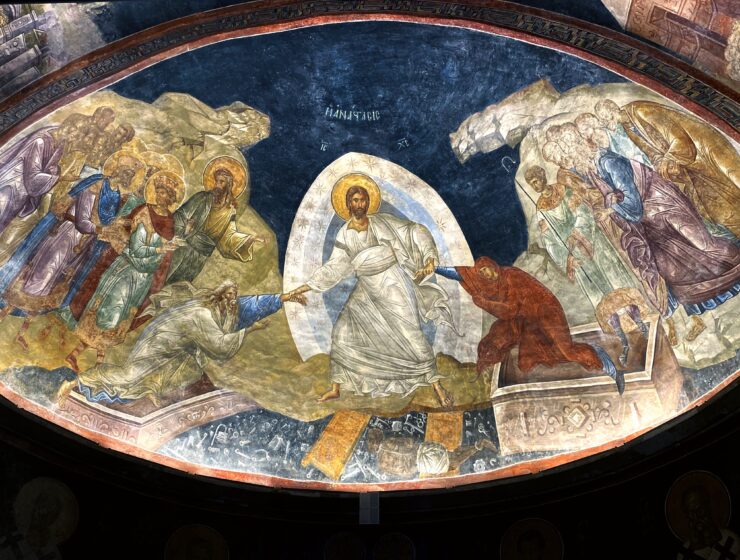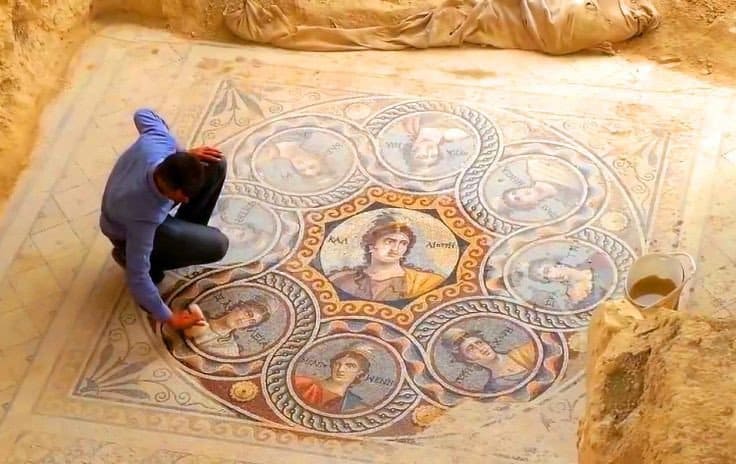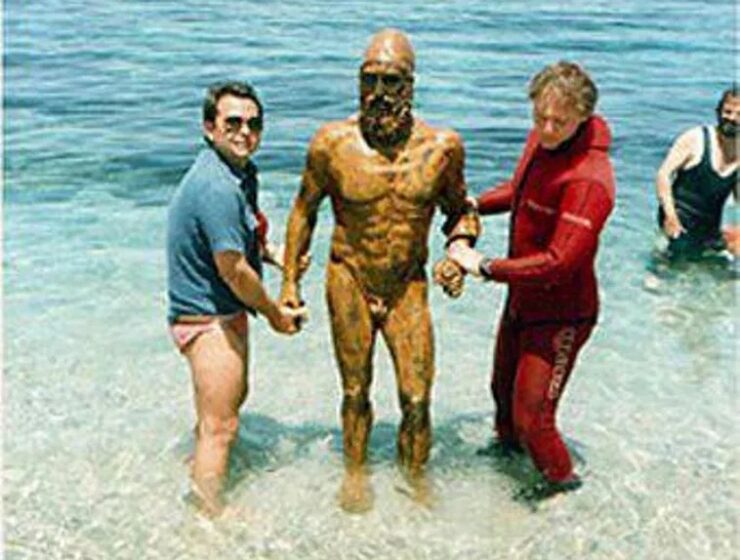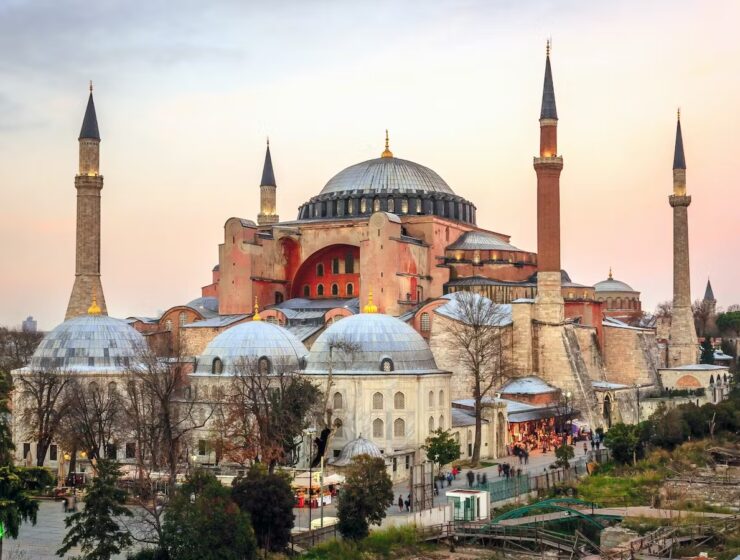A 4th-century BC funerary monument has returned to its original location in Elliniko after 60 years. Meticulously relocated by LAMDA Development, the monument will be a key feature of a cultural path within The Ellinikon urban renewal project.
Tag: Preservation
During the construction of Athens' new Metro Line 4, archaeologists have uncovered a 22-meter section of an ancient road from the 4th century BCE at the University of Athens campus. With plans for its preservation and future relocation, this find offers insights into the historical Potamos municipality near Mount Ymittos.
During the tumultuous years of World War II, Greece's ancient treasures became both targets of exploitation and symbols of resistance. Dr. Stavros Paspalas explores this often-overlooked story, revealing the human drama behind the preservation and loss of these invaluable artifacts. From Nazi Germany's perverse Philhellenism to the heroic efforts of Greek citizens, this narrative highlights the complex relationship between power, ideology, and cultural heritage.
Venizelos metro station, opening soon, reveals Thessaloniki's history from its founding in the 4th century BC to the 20th century. This massive archaeological undertaking showcases the Roman Decumanus Maximus (today's Egnatia Street), Byzantine shops, and thousands of artifacts. The station's 17-year journey reflects a city divided over preserving the unearthed treasures, leading to protests and debates. Now, this unique station promises to be both a transportation hub and an underground museum.
On October 15, an architectural stone fragment from the Middle Byzantine period was repatriated to Greece from Mainz, Germany. Measuring 0.15m in height and adorned with a spiraling vine design, the artifact originates from Acrocorinth and reflects its rich architectural heritage. The return process began in spring 2022 when a German citizen inherited the fragment and contacted the Greek General Consulate in Frankfurt. This repatriation is part of a broader trend of cultural property returns, highlighting the growing awareness of the importance of preserving and returning artifacts to their countries of origin. The fragment will be handed over to the Corinthian Antiquities Ephorate.
The National Theater of Greece will perform Aristophanes' "Plutus" at 17 lesser-known ancient theaters across Greece from July to September. This initiative, supported by the Culture Ministry, offers free performances to introduce the public to these historic sites.
The Greek Culture Ministry has announced significant progress in the ongoing restoration works at the…
In response to the conversion of the historic Monastery of Chora into a Muslim place…
The Formal Opening of Constantinople's Church of St. Saviour in Chora as a Mosque Sparks Controversy
Greece's Ministry of Foreign Affairs said in a statement on Monday night that the move was a "provocation", claiming that it "changed the character" of the old church and "damaged this UNESCO world heritage site that belongs to humanity".
In Gaziantep, Turkey, archaeologists have excavated three stunning mosaics, shedding light on the grandeur of the ancient Greek city of Zeugma.
Sending shockwaves through the archaeological world, Roman diver Stefano Mariottini was snorkelling about 8 meters deep when he saw a hand sticking out from the sandy bottom. Thinking he had found human remains, he called the police.
Hagia Sophia, the iconic historical monument in Istanbul, will now impose an entrance fee of…
Nestled among the sun-kissed shores of the Ionian island of Zakynthos, Navagio Beach is a postcard paradise.




